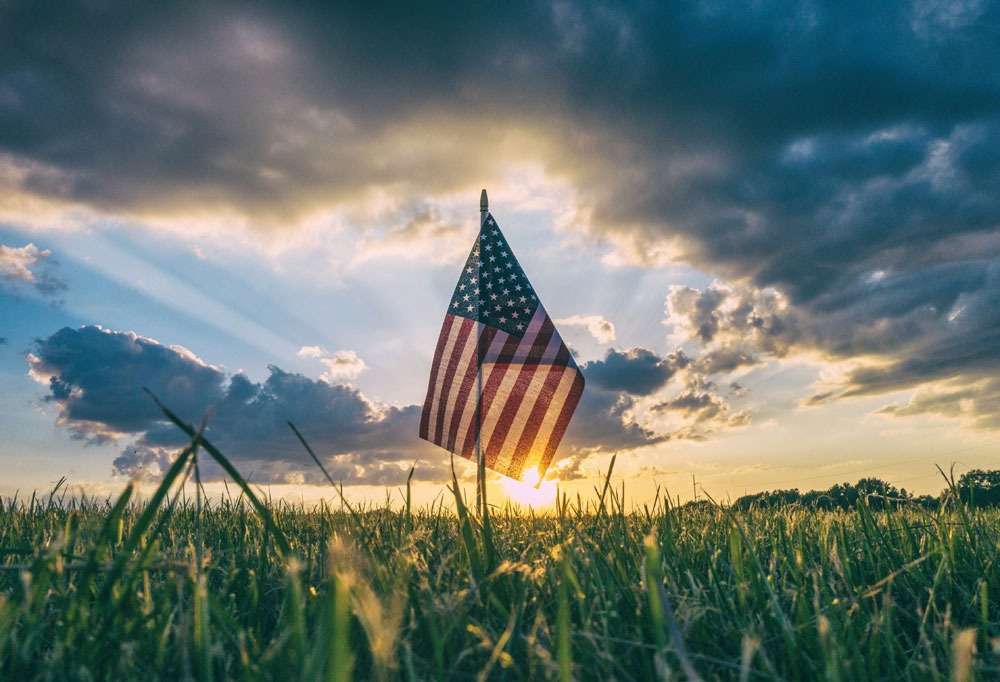
As we go into the 4th of July holiday, the latest report—this one from the Office of the Inspector General from within the US Department of Homeland Security (DHS)—of the atrocities being committed at south Texas detention facilities, more accurately called concentration camps or at least internment camps, is cause for reflection. Who are we as a nation, and what do we stand for?
We are not naïve as to the many failings of our country. Still, the degree of inhumanity revealed is heart-wrenching. “The inhumanity at the border is a challenge to the conscience of America,” Speaker Nancy Pelosi wrote in a statement. Indeed.
The Inspector General report, a 10-page memo full of photos of extreme overcrowding made public in redacted form yesterday, bears the title Management Alert–DHS Needs to Address Dangerous Overcrowding and Prolonged Detention of Children and Adults in the Rio Grande Valley. The report, notes Zolan Kanno-Youngs of the New York Times “describes standing-room-only cells, children without showers and hot meals, and detainees clamoring desperately for release.”
Among the inspector general’s findings:
Sign up for our free newsletters
Subscribe to NPQ's newsletters to have our top stories delivered directly to your inbox.
By signing up, you agree to our privacy policy and terms of use, and to receive messages from NPQ and our partners.
- Border Patrol was holding about 8,000 detainees in custody at the five inspected facilities, with 3,400 held longer than the 72 hours permitted. Of those 3,400 detainees, Border Patrol held 1,500 for more than 10 days.
- Many children had few spare clothes and no laundry facilities.
- Many migrants were given only wet wipes to clean themselves and bologna sandwiches to eat, causing constipation and other health problems.
- Children at two of the five facilities in the area were not given hot meals until inspectors arrived.
- Children at three of the five Border Patrol facilities inspected had no access to showers.
- When inspectors arrived, migrants banged on cells and pressed notes to windows begging for help.
- At one facility, some single adults were held in standing-room-only conditions for a week, and at another, some single adults were held more than a month in overcrowded cells.
- Some migrants clogged their toilets with blankets and socks in order to be released from the crowded cells. When some refused to return, Border Patrol brought in a special operations team “to use force if necessary.”
It is important to recognize that the mistreatment of asylum-seekers at the border is not unrelated to a broader cultural illness that has taken deep root in US society. We could cite many examples. The revealing of sexist and racist posts by customs officials on Facebook is one obvious example. We also recall that it was less than two years ago when Nazis openly marched in the streets in Charlottesville.
We wrote then that there are moments when “civil society must declare with moral certainty that notions of racial superiority are antithetical to our common humanity and our future.” We also wrote,
As a sector, we have not taken the leadership on this that we should. In fact, our organizations often mirror the distortions of larger society. Not only must we publicly disavow white supremacy; we must offer a counter narrative, and model leadership that supports racial justice and economic justice—in society at large and in our organizations.
We wish we did not have the need to repeat these words today. But we do.













